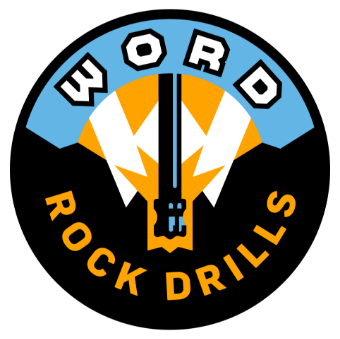4 Things for Construction Companies to Consider as the U.S. Makes its Way through the Re-Opening Phases
1. What will the New Normal Look Like
Like any major event, the “normal” we enter into as the U.S. moves through the re-opening phases will not be the same “normal” that we all knew before quarantine began a few months ago. The immense social and economic impact of the “stay-at-home” orders have undoubtedly triggered lasting impacts not only to the U.S. economy but the general state of mental health for U.S. citizens. Although the construction industry was deemed “essential” by many states, we all still felt the strain.

So, what will the new normal look like? Maybe the new normal will require consumers to wear their face masks when in public. Maybe the new normal will require us to find creative ways to maintain the 6 feet apart rule while on a job-site. Maybe the new normal will mean that many of our office staff will continue to work at home. No one really knows. We know that things are going to change, in one way or another, but we are all capable of continuing forward into the new normal and adapting.
2. Prioritize Health
As we return to work it is still important to maintain the safety guideline set by the CDC to help minimize potential exposure. Listed below are some of the CDC recommendations for construction workers:

- Notify your supervisor and stay at home if you or anyone in your household is presenting symptoms.
- Clean and disinfect frequently touched surfaces such as shared tools, machines, vehicles and other equipment, handrails, ladders, doorknobs, and portable toilets. Clean and disinfect frequently touched surfaces periodically throughout the shift but also:
- At the beginning and end of every shift
- After anyone uses your vehicle, tools, or workstation
- Limit Tool Sharing if Possible
- Wear cloth face coverings in public settings where other social distancing measures are difficult to maintain, especially in areas where there is significant community-based transmission of COVID-19.
Read more of the CDC’s recommendations for construction workers HERE.
Additionally, OSHA has released recommendations for the construction industry to minimize worker exposure to COVID-19. Listed below are a few of the recommended actions:

- Encourage respiratory etiquette, including covering coughs and sneezes.
- Promote personal hygiene. If workers do not have immediate access to soap and water for hand washing, provide alcohol-based hand rubs containing at least 60 percent alcohol.
- Keep in-person meetings (including toolbox talks and safety meetings) as short as possible, limit the number of workers in attendance, and use social distancing practices.
- Clean and disinfect portable job-site toilets regularly. Hand sanitizer dispensers should be filled regularly. Frequently-touched items (i.e., door pulls and toilet seats) should be disinfected.
The official OSHA document with further recommendations can be found HERE.
3. What’s the Budget?

With all of the postponed work and changes due to the COVID-19 shutdown, for many construction jobs the timeline and budget has changed. On top of changes to the parameters of the job, many vendors have been forces to adjust prices and production times in order to stay a-float as their margins were impacted over the last few months. As we get back up and running it’s important to communicate with your vendors if your timeline has changed so they can work the changes into any new production schedules. It is also important to reach out to make sure the funds you have budgeted for your project are still accurate post-COVID.
4. Check on Your Equipment

Before you get back to work it is important to check over your equipment and perform any maintenance. If your equipment has been sitting you may have a list of things that need to be done to get it back up and running well. WORD Rock Drills, for example, should be routinely greased and checked for wear in areas that see a lot of movement. Greasing the drill and checking the common wear parts ensures that your drill is at top performance when you start working. Looking for more drill maintenance tips? Click HERE
References:
https://www.cdc.gov/coronavirus/2019-ncov/community/organizations/construction-workers.html


